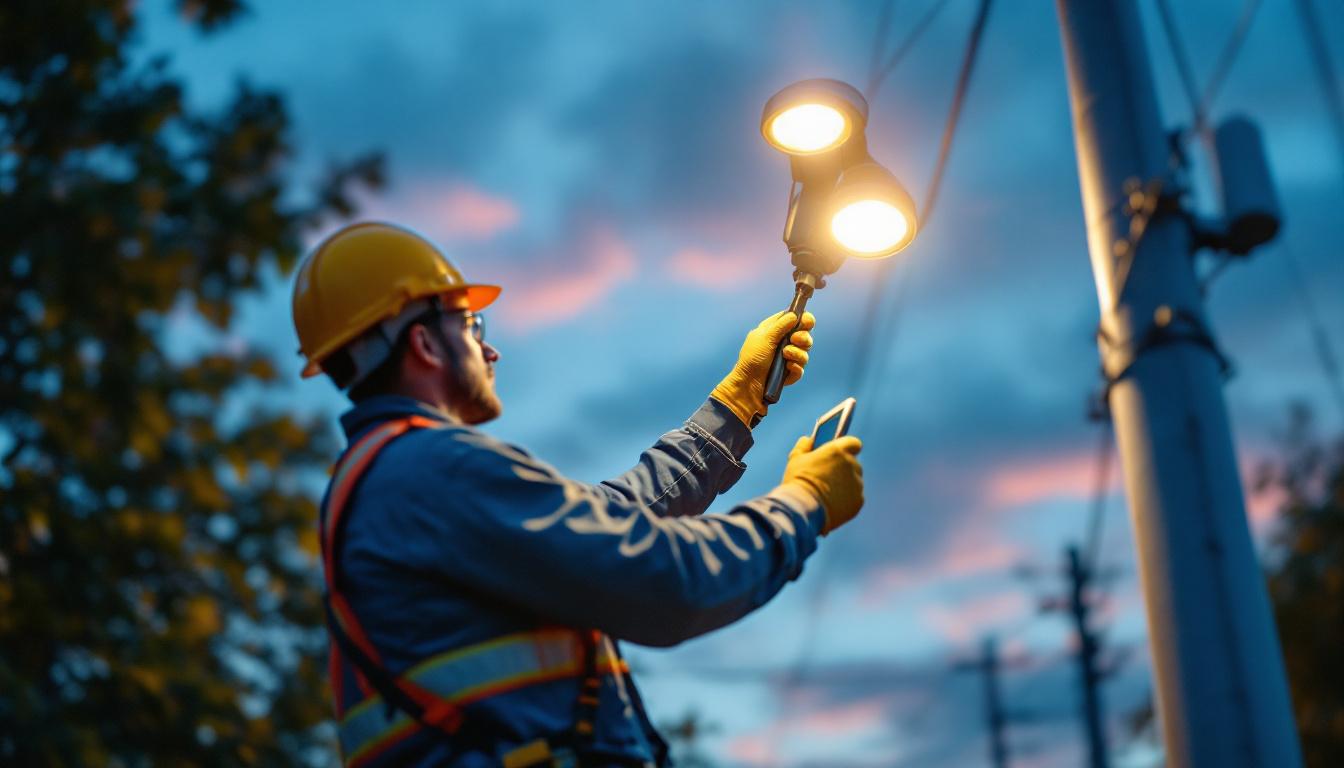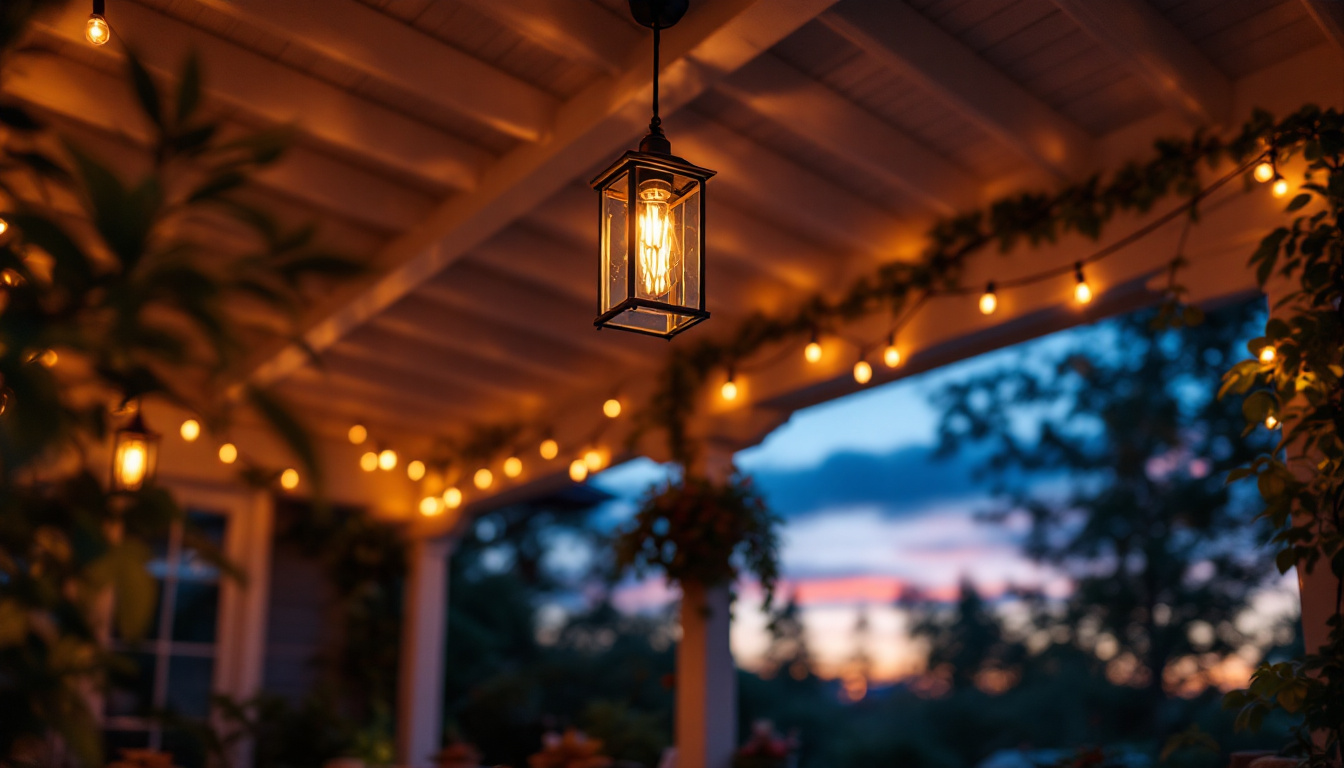
In the world of outdoor lighting, the choice of light poles can significantly influence both the functionality and aesthetics of a project. Among the various options available, the 20 ft light pole stands out as a versatile solution that caters to a wide range of applications. For lighting contractors, understanding the benefits and considerations associated with these poles can streamline project execution and enhance client satisfaction.
The 20 ft light pole is a popular choice for various outdoor lighting applications, including parking lots, pathways, and recreational areas. Its height provides an optimal balance between illumination and visibility, making it suitable for both residential and commercial projects. By effectively distributing light across a wide area, these poles help to enhance safety and security in outdoor spaces.
When selecting a 20 ft light pole, contractors have several design and material options to consider. Common materials include aluminum, steel, and fiberglass, each offering unique advantages. Aluminum poles are lightweight and resistant to corrosion, making them ideal for coastal areas. Steel poles, on the other hand, provide durability and strength, suitable for high-traffic environments.
Additionally, fiberglass poles offer a non-conductive option, which can be beneficial in areas with high electrical activity. The design of the pole can also vary, with options for decorative styles that enhance the aesthetic appeal of the lighting installation. Understanding these options allows contractors to choose the best fit for their specific project requirements. Furthermore, some manufacturers offer custom finishes and colors, allowing for greater integration with the surrounding environment, which can be particularly important in parks and historical districts where visual harmony is essential.
The height of a light pole plays a crucial role in determining the effectiveness of the lighting it provides. A 20 ft light pole strikes a balance between adequate illumination and minimizing light pollution. It is tall enough to cast light over a wide area while remaining low enough to avoid excessive glare for pedestrians and nearby residents.
Moreover, the height allows for the installation of various types of luminaires, including LED fixtures that offer energy efficiency and longevity. Contractors should assess the specific lighting needs of each project to determine if a 20 ft pole is the most suitable option. Additionally, the strategic placement of these poles can significantly influence the overall lighting design; for instance, spacing them appropriately can help achieve uniform light distribution, reducing dark spots and enhancing visibility in critical areas such as crosswalks and entrances. This careful planning not only improves safety but also contributes to a more inviting atmosphere in public spaces, encouraging community engagement and outdoor activities.
The adoption of 20 ft light poles in lighting projects comes with several advantages that can simplify the contractor’s workload and enhance project outcomes. Understanding these benefits can help contractors make informed decisions when planning their installations.
One of the primary benefits of using 20 ft light poles is the enhanced visibility they provide. Properly spaced and installed poles can illuminate dark areas effectively, reducing the risk of accidents and improving safety for both pedestrians and vehicles. This is particularly important in commercial settings, where customer safety can impact business operations.
Moreover, well-lit areas deter criminal activity, contributing to a safer environment. Clients often prioritize safety in their outdoor spaces, making the 20 ft light pole an attractive option for contractors looking to meet these needs. Additionally, the height of these poles allows for a wider spread of light, minimizing shadows and dark spots that could otherwise pose hazards. This feature is especially beneficial in parking lots and walkways, where clear visibility is crucial for both safety and security.
From a financial perspective, 20 ft light poles can be a cost-effective solution for lighting contractors. Their height allows for fewer poles to be installed compared to shorter options, which can reduce labor and material costs. Additionally, the energy efficiency of modern lighting fixtures, such as LEDs, can lead to significant savings on electricity bills over time.
Contractors can present these cost benefits to clients, making a compelling case for the selection of 20 ft light poles in their projects. This not only enhances client satisfaction but also establishes the contractor as a knowledgeable professional in the field. Furthermore, the longevity of LED fixtures often used with these poles means that maintenance costs are also lower, as replacements are needed less frequently. This long-term financial advantage can be a significant selling point for clients who are conscious of both initial investments and ongoing operational expenses.
While the advantages of 20 ft light poles are clear, proper installation is crucial to ensure optimal performance and longevity. Lighting contractors must consider various factors during the installation process to avoid common pitfalls and ensure a successful outcome.
Before installation, a thorough site assessment is essential. Contractors should evaluate the specific lighting needs of the area, taking into account factors such as existing infrastructure, surrounding vegetation, and potential obstructions. This assessment will inform the placement and spacing of the light poles, ensuring adequate coverage without excessive overlap or gaps in illumination.
Additionally, understanding the local zoning regulations and any restrictions on pole height or placement is critical. This knowledge can prevent costly delays and modifications during the installation process. Furthermore, contractors should consider the potential for future development in the area. Changes in land use or new construction could affect lighting needs, so planning for adaptability can save time and resources in the long run.
The stability of a light pole is paramount to its performance and safety. For a 20 ft light pole, a solid foundation is necessary to withstand wind loads and other environmental factors. Contractors must adhere to local building codes and engineering standards when designing the foundation.
Concrete footings are commonly used to anchor light poles securely. The depth and diameter of the footing will depend on the pole’s height and the soil conditions at the site. Proper installation of the foundation will ensure the longevity of the light pole and minimize maintenance issues in the future. Additionally, contractors should consider using reinforcement bars (rebar) within the concrete to enhance structural integrity, especially in areas prone to severe weather conditions. This extra precaution can significantly reduce the risk of pole failure and extend the lifespan of the installation.
Moreover, it is essential to account for drainage around the foundation. Poor drainage can lead to water pooling, which may erode the soil and compromise the stability of the light pole over time. Implementing proper drainage solutions, such as sloping the ground away from the pole and incorporating gravel or drainage pipes, can help mitigate these risks and ensure a robust installation that stands the test of time.
Once installed, the maintenance of 20 ft light poles is an important consideration for lighting contractors. Regular maintenance not only ensures optimal performance but also extends the lifespan of the poles and fixtures.
Routine inspections should be conducted to identify any potential issues, such as loose fixtures, corrosion, or damage from environmental factors. Early detection of problems can prevent costly repairs and ensure that the lighting remains effective over time.
Contractors should establish a maintenance schedule that includes cleaning the fixtures, checking electrical connections, and inspecting the pole structure for signs of wear. This proactive approach can enhance client satisfaction and establish the contractor’s reputation for quality service.
In addition to physical inspections, it is also beneficial to implement a monitoring system that tracks the performance of the lighting over time. This could involve using smart technology that alerts contractors to any irregularities in light output or energy consumption. By integrating such systems, contractors can provide a higher level of service, ensuring that any issues are addressed before they escalate into major problems.
As lighting technology continues to evolve, contractors should remain informed about advancements that can enhance the performance of their installations. Upgrading to newer, more efficient lighting fixtures can improve energy savings and reduce maintenance costs.
For example, retrofitting existing poles with LED fixtures can provide significant benefits, including longer lifespans and reduced energy consumption. Contractors who stay abreast of these developments can offer valuable insights to clients, positioning themselves as industry leaders.
Moreover, the integration of smart lighting systems can further revolutionize the way lighting is managed. These systems allow for remote control and automation, enabling lights to adjust based on ambient light levels or occupancy. This not only enhances energy efficiency but also contributes to improved safety and security in public spaces. By advocating for such upgrades, contractors can help clients maximize their investment while promoting sustainability and innovation in their lighting solutions.
The 20 ft light pole is a versatile and effective solution for lighting contractors looking to enhance outdoor spaces. With its numerous advantages, including improved visibility, cost-effectiveness, and ease of installation, it is an option worth considering for a variety of projects.
By understanding the design and material options, installation considerations, and maintenance requirements associated with 20 ft light poles, contractors can simplify their workflow and deliver high-quality results to their clients. As the demand for outdoor lighting continues to grow, staying informed about the best practices and innovations in the field will ensure that contractors remain competitive and successful.
Ready to elevate your lighting projects with the versatile 20 ft light pole? At LumenWholesale, we offer the premium, spec-grade lighting solutions you need to ensure every installation shines. Say goodbye to local distributor markups and hello to superior quality at wholesale prices. Our extensive selection not only meets but exceeds industry standards, providing you with reliable, high-performance lighting for every outdoor space. Plus, with free shipping on bulk orders, you can trust that you’re getting the best value without any hidden costs. Make your next project a beacon of quality, affordability, and convenience. Wholesale Lighting at the Best Value is just a click away!

Discover the insider tips and expert advice from lighting contractors on selecting and installing the perfect porch ceiling light.

Discover essential tips and common pitfalls for lighting contractors working with Seagull Lighting.

Discover how semi flush lights can revolutionize the workflow of lighting contractors by enhancing efficiency and aesthetics.

Discover why lighting contractors should prioritize LED phantom glowing technology.